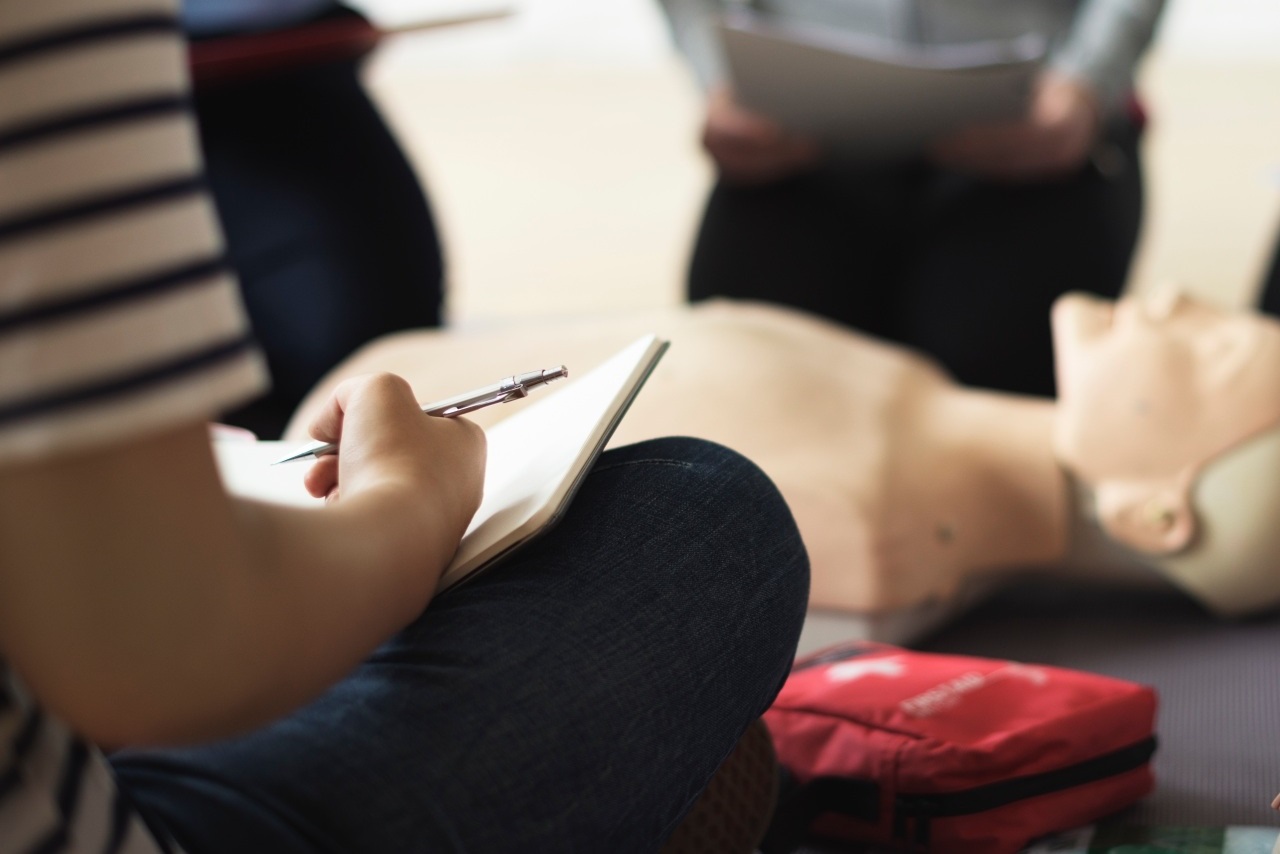
In our daily lives, emergencies can arise unexpectedly, making it crucial for individuals to possess the knowledge and skills to provide immediate assistance. First aid courses offer invaluable training that equips participants with the ability to respond effectively to various medical emergencies.
Benefits of Taking a First Aid Course
Saves Lives in Emergencies
The primary benefit of undertaking a first aid course is the ability to save lives during critical situations. Knowing how to administer CPR, control bleeding, or assist someone experiencing a heart attack can make a significant difference in the outcome of an emergency.
Increases Confidence and Preparedness
By completing a first aid course, individuals gain confidence in their ability to handle medical emergencies. This confidence stems from practical training sessions that simulate real-life scenarios, allowing participants to apply their knowledge in a controlled environment.
Meets Workplace Requirements
Many employers require their staff to undergo first aid training as part of workplace safety protocols. Being certified in first aid not only enhances employee safety but also demonstrates a commitment to maintaining a secure work environment.
Empowers Individuals to Help Others
One of the most rewarding aspects of acquiring first aid skills is the opportunity to assist others in times of need. Whether it’s providing aid to a family member, friend, or stranger, the ability to offer immediate assistance can be life-changing for both the rescuer and the individual receiving help.
Finding the Right First Aid Course
Before enrolling in a first aid course, it’s essential to conduct thorough research to ensure that the chosen program meets your specific needs and requirements.
Researching Available Courses
Begin by researching the various first aid courses available in your area. Consider factors such as course content, duration, and certification options to determine which course best suits your objectives.
Considering Certification Requirements
Depending on your goals, you may need to select a course that offers certification recognized by relevant organizations or regulatory bodies. Verify whether the course you’re interested in aligns with any specific certification requirements.
Evaluating Course Content and Duration
Review the curriculum of each course to assess the topics covered and the depth of instruction provided. Additionally, consider the duration of the course and whether it fits your schedule and availability.
Checking Instructor Qualifications
Ensure that the instructors leading the course are experienced and qualified to teach first aid techniques effectively. Look for certifications or credentials that demonstrate their expertise in the field.
Overview of First Aid Course in Munich
Availability of Courses
In Munich, there are several accredited institutions and organizations that offer first aid courses to the public. These courses are designed to cater to individuals of all skill levels, from beginners to advanced learners.
Accredited Institutions Offering Courses
Some well-known institutions in Munich that provide first aid training include local hospitals, community centers, and private training companies. These institutions adhere to standardized training protocols to ensure quality and consistency across all courses.
Course Formats and Schedules
First aid courses in Munich are typically offered in various formats, including traditional classroom-based instruction, blended learning (combining online and in-person sessions), and intensive workshops. Participants can choose the format that best suits their learning preferences and availability.
Cost Considerations
The cost of enrolling in a first aid course may vary depending on the institution, course duration, and included amenities such as course materials and certification fees. It’s essential to consider the overall value and quality of the training when comparing prices.
Importance of First Aid Training in Munich
Addressing Common Medical Emergencies
First aid training equips individuals with the skills to address a wide range of medical emergencies, including cardiac arrest, choking, severe bleeding, and allergic reactions. This preparedness is especially crucial in densely populated urban areas like Munich, where prompt medical intervention can mean the difference between life and death.
Supporting a Safe and Healthy Community
By increasing the number of trained first aid responders in the community, Munich becomes a safer and more resilient city. These responders play a vital role in reducing the severity of injuries and illnesses and facilitating the timely arrival of professional medical assistance.
Fulfilling Legal and Workplace Obligations
In addition to the moral imperative of helping those in need, there are legal and workplace obligations associated with first aid training. Employers may be required by law to provide first aid training to their employees, while individuals may be legally obligated to render assistance in certain situations.
What to Expect in a First Aid Course
Basic Life-Saving Techniques
First aid courses cover fundamental life-saving techniques, such as CPR (cardiopulmonary resuscitation), rescue breathing, and the use of automated external defibrillators (AEDs). Participants learn how to assess a patient’s condition and provide appropriate interventions.
Injury Assessment and Management
Participants are trained to assess and manage various types first aid course Munich of injuries, including fractures, burns, and wounds. They learn how to stabilize injured individuals and minimize further harm until professional medical help arrives.
CPR and AED Training
Cardiopulmonary resuscitation (CPR) is a critical skill taught in first aid courses, as it can significantly increase the chances of survival for individuals experiencing cardiac arrest. Participants also receive training on how to use automated external defibrillators (AEDs) to restore normal heart rhythm.
Handling Choking Incidents
First aid courses teach participants how to recognize and respond to choking emergencies in adults, children, and infants. Techniques such as the Heimlich maneuver are demonstrated and practiced to dislodge obstructed airways effectively.




